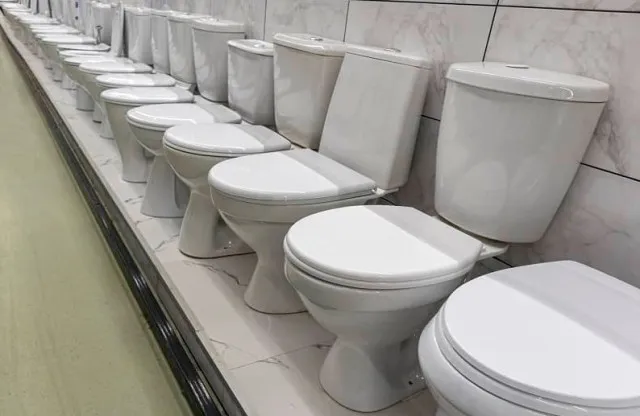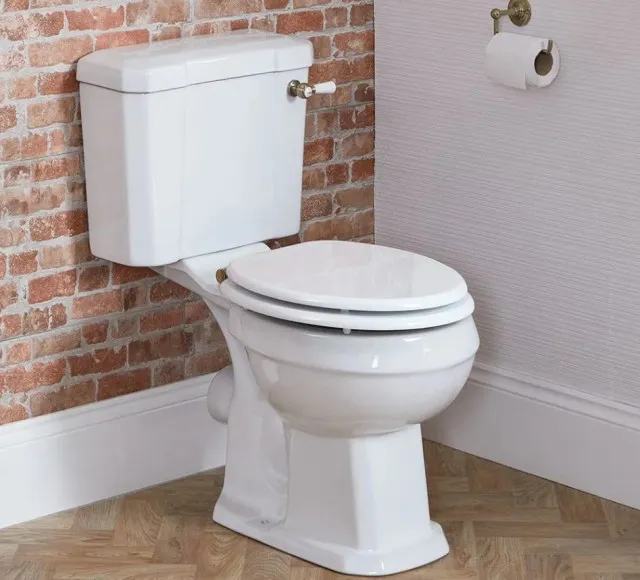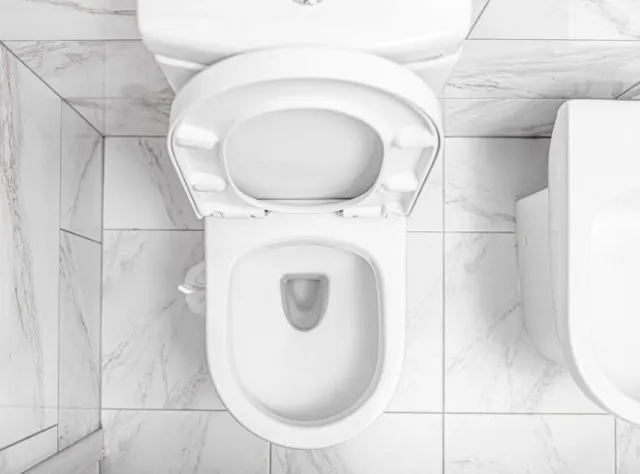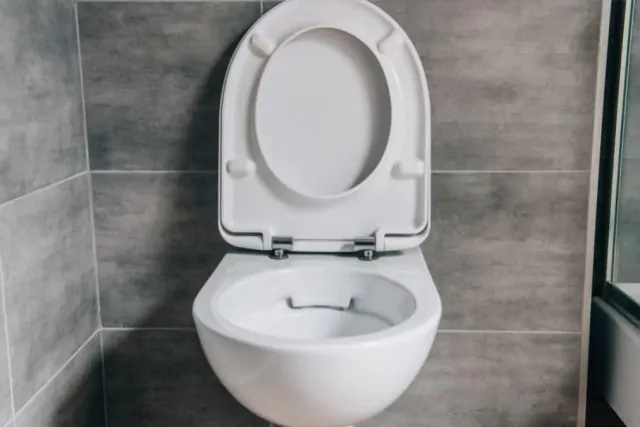Have you ever walked into a bathroom and wondered why almost every toilet you see is white? It’s something so common that most people don’t even think about it. But believe it or not, there are solid reasons behind this consistent color choice. From material practicality to cultural preferences, the preference for white toilets isn’t just random—it’s rooted in logic, tradition, and even psychology.
The Practicality of Porcelain: Why White Is the Default Color

Most toilets are crafted from porcelain, a type of ceramic that is highly durable and easy to clean. Porcelain naturally turns white during the high-temperature firing process used to make it, creating that familiar shiny, white finish we associate with bathroom fixtures.
Porcelain is an excellent choice for toilets because it’s:
- Strong and Durable: Fired at extremely high temperatures, porcelain can withstand years of use without cracking or staining.
- Waterproof and Hygienic: The smooth, non-porous surface is resistant to water and bacteria, making it easy to clean and sanitize.
If manufacturers want to create colored toilets, they need to add pigments to the glaze before firing. However, this extra step not only complicates production but also raises costs. The simplicity and efficiency of producing white toilets have made it the go-to choice for decades.
White Represents Cleanliness and Hygiene
One of the primary reasons why toilets are white is the psychological association of white with cleanliness and purity. In many cultures, white is linked to hygiene and sanitation, making it an ideal color for bathrooms where cleanliness is crucial.
When people see a white toilet, it can subconsciously assure them of cleanliness. This is especially important in public spaces where a clean appearance can make people feel more comfortable using the facilities. A white toilet, due to its visible nature, allows any dirt or stains to be easily spotted, prompting people to clean it more frequently and keep it looking pristine.
Psychological Impact: The Color White Creates a Calm, Inviting Atmosphere
Colors impact our mood and behavior in powerful ways. In interior design, white is often used to create a sense of calm, openness, and light. It’s no different in bathrooms, where people prefer spaces that feel fresh and clean.
A white toilet complements almost any bathroom design, fitting seamlessly into different color schemes and decor choices. While bright colors can be fun and bold, they can also feel overwhelming or out of place in a bathroom setting. White toilets maintain neutrality, allowing people to focus on functionality and hygiene rather than distracting colors.
Historical Influence: The Evolution of the Classic White Toilet
Toilets have undergone significant design changes over the years, but white has consistently remained the most popular color choice. In the early 20th century, toilets came in various colors, patterns, and ornate designs. However, the simplicity and elegance of the classic white toilet proved to be the most practical and timeless choice.

As modern bathrooms began favoring a minimalist and sanitary look, white toilets became even more popular. Today, they’re considered a classic fixture in homes, hotels, and public spaces, fitting into nearly any style, whether traditional or contemporary.
White Toilets in Public Spaces: Convenience and Consistency
Public restrooms almost universally feature white toilets for both practical and psychological reasons. In a high-traffic area, maintaining hygiene is critical, and white makes it easy to see when a fixture needs cleaning. This is especially important in public spaces, where users expect a certain standard of cleanliness.
Because of its neutral and versatile color, a white toilet doesn’t clash with other design elements, making it an ideal choice for a variety of public spaces. It’s also easier to replace parts and ensure consistency across multiple restrooms when they’re all the same color.
A Global Tradition: The Influence of World Toilet Day

Interestingly, the importance of clean, accessible toilets has even led to the establishment of World Toilet Day, celebrated on November 19 each year. The day aims to raise awareness about global sanitation issues, as millions of people around the world still lack access to clean, functional toilets. This international day of awareness emphasizes the value of toilets, both for public health and individual dignity, and advocates for improved sanitation infrastructure.
The tradition of white toilets has spread across the globe, reinforcing standards of cleanliness and sanitation. As World Toilet Day highlights, accessible sanitation is crucial for public health, and the prevalence of white toilets contributes to the perception of hygiene and safety worldwide.
Breaking Away from Tradition: Are Colored Toilets Making a Comeback?
Though white is still the standard, some interior designers and homeowners are starting to embrace colored toilets to add a unique touch to their bathrooms. From soft pastels to bold blacks, colorful toilets offer a refreshing twist on the classic design.

Despite the appeal of colored toilets, they’re often more expensive and harder to replace or repair than white ones. White toilets remain the most cost-effective and widely available choice, ensuring their place in bathrooms for years to come. Plus, they fit seamlessly into a minimalist trend, which has dominated interior design in recent years.
Conclusion: The Enduring Appeal of the White Toilet
The white toilet isn’t just a design choice—it’s a blend of practicality, tradition, and cultural significance. Its simplicity represents purity, its ease of production keeps costs low, and its universal appeal means it fits comfortably in any space, public or private. From the material properties of porcelain to the subconscious effects of color psychology, there are plenty of reasons why white toilets remain the norm.
Whether you’re a fan of the classic look or ready to embrace new colors, the white toilet stands as a testament to practical design and timeless appeal. Next time you see one, remember it’s more than just a toilet; it’s a symbol of hygiene, tradition, and efficiency that has stood the test of time.


